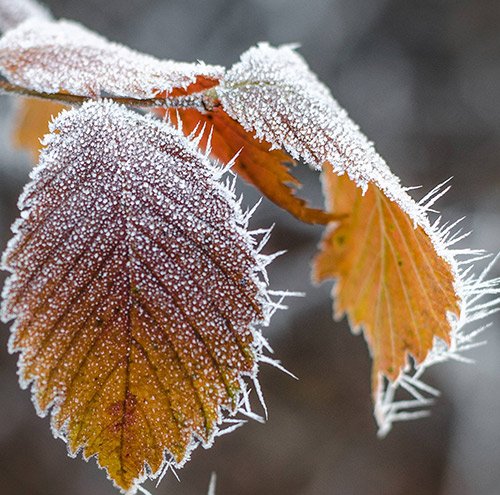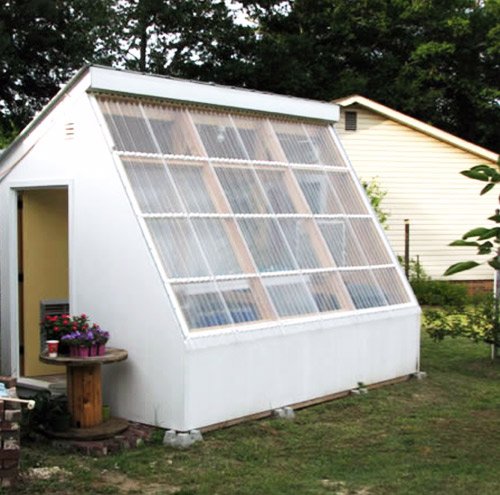Winter can be a challenging time for bonsai enthusiasts. With dropping temperatures and frosty winds, our miniature marvels need extra care to survive and thrive during the cold months. But fear not, fellow bonsai lovers! With the right preparation and maintenance, you can ensure your bonsai trees not only survive but also flourish through winter’s icy grip. In this comprehensive guide, we’ll delve into the intricate world of wintering bonsai, covering everything from preparation to ongoing care, so you can keep your tiny arboreal wonders healthy and vibrant all season long.
Preparing Your Bonsai for Winter Wonderland
Before winter sets in, it’s crucial to prep your bonsai for the impending cold weather. Here’s a step-by-step guide to ensure your trees are ready to face the frost:
1. Assess Tree Health:
Before the onset of winter, it’s crucial to thoroughly examine your bonsai for any signs of health issues. Look for yellowing or dropping leaves, abnormal growth patterns, or pest activity. Inspect the roots for signs of rot or overcrowding in the pot. Addressing any health concerns before winter sets in ensures your bonsai enters the dormant season in optimal condition, ready to withstand the challenges of cold weather.
2. Repotting:
Repotting your bonsai before winter is essential for maintaining its overall health and vigour. Choose a well-draining soil mix suitable for your bonsai species, as waterlogged soil can be detrimental during the dormant period. Carefully remove the bonsai from its pot, gently prune any circling roots, and repot it into a slightly larger container if necessary. Repotting allows you to refresh the soil and root system, promoting better nutrient uptake and overall health during the winter months.
3. Pruning and Wiring:
Pruning and wiring your bonsai before winter helps shape its growth and maintain its aesthetic appeal. Start by removing any dead, diseased, or weak branches to improve air circulation and reduce the risk of fungal infections. Use sharp, sterile tools to make clean cuts and minimise stress on the tree. Additionally, wiring can be used to guide the direction of growth and enhance the overall design of your bonsai. Take care not to over-prune, as this can weaken the tree’s structure and compromise its health during winter dormancy.
4. Acclimation:
Gradually acclimating your bonsai to cooler temperatures is essential to prevent shock during the winter months. Begin by moving your trees to a sheltered outdoor location, such as a covered porch or patio, where they can gradually experience cooler temperatures. This gradual transition allows the bonsai to adjust to the changing conditions without stress. Monitor the weather forecast and bring your bonsai indoors if temperatures drop suddenly or if there’s a risk of frost. Proper acclimation ensures that your bonsai enters winter dormancy in the best possible condition.

5. Insulation:
Providing insulation for your bonsai pots is crucial for protecting the roots from freezing temperatures. Wrap the pots with bubble wrap, burlap, or straw to create a buffer against the cold. Insulating the pots helps regulate soil temperature and prevents root damage caused by frost. Additionally, consider placing mulch or pine needles around the base of the bonsai to provide further insulation and protection. By insulating your bonsai pots, you create a microclimate that promotes healthy root growth and overall winter survival.
Winter Care: Nurturing Your Bonsai Through the Chill
Once winter arrives, your bonsai still needs care and attention to thrive. Follow these essential tips to keep your tiny trees healthy and happy during the cold months:
1. Watering:
While bonsai trees enter dormancy in winter and require less water, it’s essential to monitor soil moisture levels regularly. Water only when the top layer of soil feels dry to the touch, using a watering can with a fine nozzle to avoid disturbing the soil. Be cautious not to overwater, as excess moisture can lead to root rot in cold weather. Adjust your watering frequency based on environmental conditions, ensuring your bonsai receives adequate hydration without waterlogging the soil.
2. Protection from Frost:
Shielding your bonsai from frost is critical to prevent damage to delicate foliage and branches. During particularly cold nights, move your bonsai to a sheltered location such as a cold frame, greenhouse, or garage. Covering your bonsai with frost cloth or burlap can provide additional insulation against freezing temperatures while still allowing airflow. Avoid placing your bonsai near draughty windows or doors, as exposure to cold drafts can increase the risk of frost damage. By providing adequate protection from frost, you ensure the continued health and vitality of your bonsai throughout the winter season.
3. Sunlight Exposure:
Despite the shorter days and weaker sunlight in winter, it’s essential to ensure your bonsai receives adequate light to maintain its health and vigour. Place your bonsai in a sunny spot indoors or outdoors, preferably facing south or southeast to maximise exposure to natural light. Rotate your bonsai periodically to promote even growth and prevent one side from becoming shaded. Supplemental grow lights can be used indoors to provide additional light if natural sunlight is limited. By ensuring adequate sunlight exposure, you promote photosynthesis and overall bonsai health during the winter months.

4. Pruning and Maintenance:
Although bonsai growth slows down in winter, periodic pruning and maintenance are still necessary to keep your trees healthy and well-groomed. Remove any dead, diseased, or yellowing foliage using sharp, sterile tools to prevent the spread of disease. Check for signs of pests or fungal infections and treat as necessary to prevent further damage. Additionally, inspect the bonsai’s wiring and remove any wires that are cutting into the branches or restricting growth. By staying on top of pruning and maintenance tasks, you promote the overall health and aesthetic appeal of your bonsai during the winter dormancy period.
5. Avoiding Heavy Snow:
Heavy snow accumulation can pose a threat to bonsai trees, weighing down branches and causing them to break. Monitor weather forecasts and shake off excess snow gently from your bonsai’s branches using a broom or soft brush. Avoid knocking or tapping the branches, as this can cause damage to the delicate structure. If heavy snow is forecasted, consider moving your bonsai to a sheltered location to protect it from the weight of the snow. By taking proactive measures to avoid heavy snow accumulation, you ensure the structural integrity and overall health of your bonsai during the winter months.
Winter Wonder for Your Bonsai
Wintering bonsai requires careful planning and attention to detail, but the rewards are well worth the effort. By preparing your trees for winter and providing ongoing care, you can ensure they not only survive but also thrive through the chilliest months of the year. So bundle up your bonsai, tuck them in for the winter, and watch as they emerge in spring, rejuvenated and ready to dazzle once again.
With these tips in mind, you’re well-equipped to embark on your winter bonsai journey. Remember to enjoy the process and marvel at the resilience of these miniature marvels as they brave the cold with grace and beauty.
Happy wintering, fellow bonsai enthusiasts!
Are you new to Bonsai?
The art of Bonsai has developed over thousands of years with masters from across the world creating magnificent trees. There is no need to be intimidated as you can learn whilst growing your very own Bonsai tree that can live with you for the rest of your life. Transform your home or urban garden with a living piece of art. Get started today!
Would you like to join the Yugen Community and receive our seasonal newsletters, including top tips and news from the Bonsai world?
Don’t forget the exclusive discounts and offers!
Enter your email address below and you will also receive a coupon code to redeem free delivery on your first order.
SHOP BONSAI
Visit our shop to browse our selection of classic seeds for bonsai, specialist tools, pots and starter kits to begin your journey. Take up the therapeutic hobby of Bonsai and experience the many benefits of honing this skill, all whilst adding a beautiful piece of nature to your home.
